Increased Disposable Income
The rise in disposable income among families is significantly influencing the Fortified Baby Food Market. As economic conditions improve, parents are more willing to invest in premium baby food products that offer enhanced nutritional benefits. This trend is particularly evident in emerging markets, where a burgeoning middle class is prioritizing health and wellness for their children. The willingness to spend on fortified baby foods is expected to drive market growth, as families seek products that align with their health-conscious values. Furthermore, the availability of a wider range of fortified options at various price points is likely to attract a diverse consumer base, thereby expanding the market reach and enhancing competition among manufacturers.
Rising Nutritional Awareness
The increasing awareness regarding nutrition among parents is a pivotal driver for the Fortified Baby Food Market. Parents are becoming more informed about the essential nutrients required for their infants' growth and development. This trend is reflected in the rising demand for fortified baby foods that provide additional vitamins and minerals. According to recent data, the market for fortified baby food is projected to grow at a compound annual growth rate of approximately 6.5% over the next few years. This growth is indicative of a broader shift towards health-oriented products, as parents seek to ensure their children receive optimal nutrition from an early age. Consequently, manufacturers are responding by innovating and expanding their product lines to include fortified options that cater to this growing consumer demand.
Focus on Clean Label Products
The clean label trend is becoming increasingly prominent within the Fortified Baby Food Market. Parents are now more inclined to scrutinize ingredient lists and seek products that are free from artificial additives and preservatives. This shift in consumer preference is prompting manufacturers to adopt transparent labeling practices and formulate products with natural and recognizable ingredients. The demand for clean label fortified baby foods is indicative of a broader movement towards healthier eating habits among families. As a result, companies are investing in sourcing high-quality ingredients and ensuring that their products align with consumer expectations for transparency and healthfulness. This focus on clean labels is likely to enhance brand loyalty and drive growth in the fortified baby food sector.
Growing Demand for Convenience
The fast-paced lifestyle of modern families is driving the demand for convenience in the Fortified Baby Food Market. Parents are increasingly seeking ready-to-eat and easy-to-prepare baby food options that do not compromise on nutrition. This trend is leading to a rise in the popularity of fortified baby food products that are packaged for on-the-go consumption. The convenience factor is particularly appealing to working parents who prioritize both nutrition and time efficiency. As a result, manufacturers are responding by developing innovative packaging solutions and single-serving options that cater to this demand. This shift towards convenience is expected to play a significant role in shaping the future landscape of the fortified baby food market.
Innovative Product Development
Innovation in product development is a crucial driver for the Fortified Baby Food Market. Companies are increasingly focusing on creating new formulations that incorporate a variety of nutrients tailored to meet the specific needs of infants. This includes the introduction of fortified foods enriched with probiotics, omega-3 fatty acids, and other essential nutrients. The emphasis on research and development has led to the launch of products that not only meet nutritional standards but also appeal to parents seeking convenience and quality. As a result, the market is witnessing a surge in the availability of diverse fortified baby food options, which is likely to attract a broader consumer base and stimulate further growth in the industry.
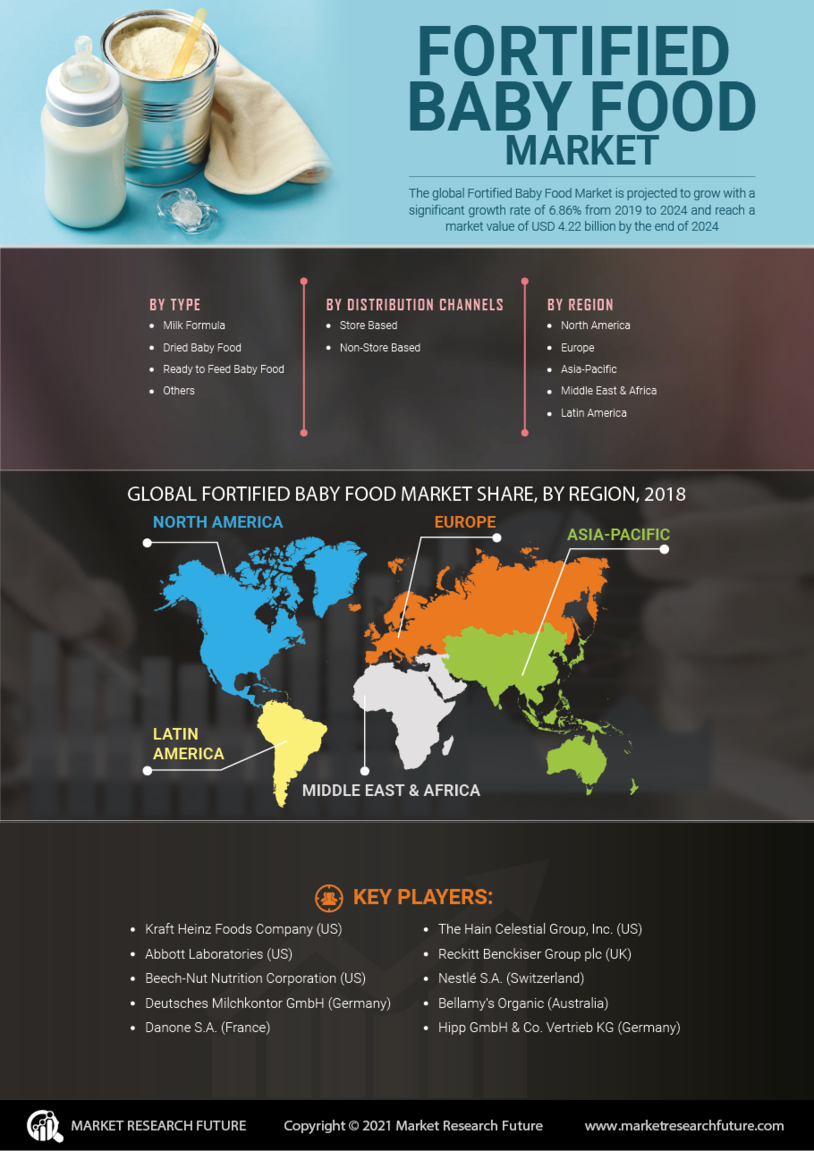

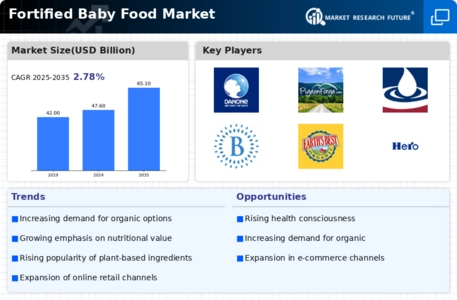
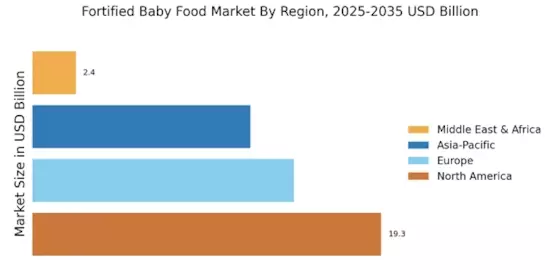

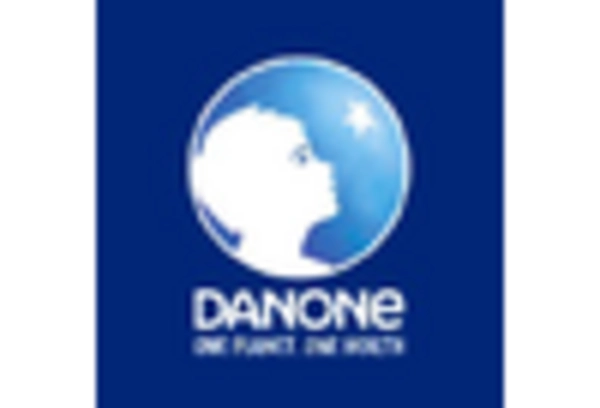
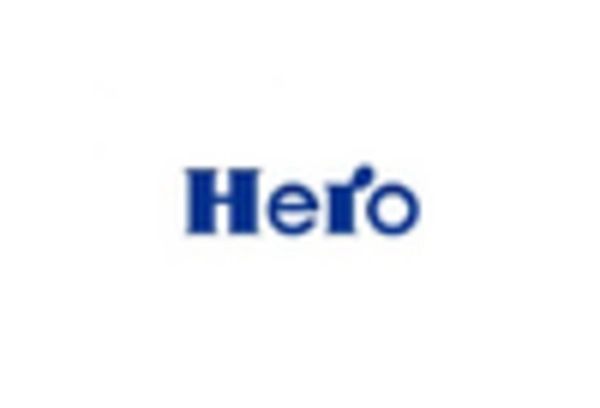
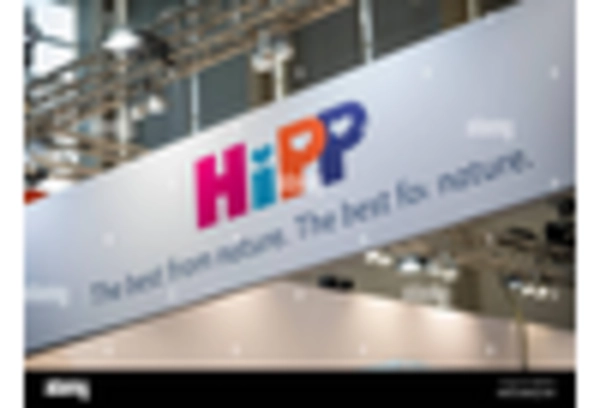










Leave a Comment